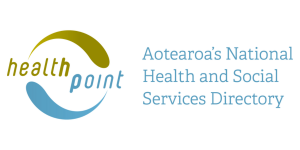The trigeminal nerve (fifth cranial nerve) is one of the main nerves that supply your face. There is one on each side of your face.
They transmit pain and touch signals to your brain and control your jaw's muscle movements and the production of saliva and tears.
Each trigeminal nerve has 3 small branches:
- first or ophthalmic branch – this supplies your scalp, forehead and around your eye
- second or maxillary branch – this supplies your cheek
- third or mandibular branch – this supplies the area around your jaw.
The exact cause of trigeminal neuralgia is not known but is thought to be caused by the compression of the trigeminal nerve. It then carries faulty messages to your brain and causes electric shock-like pain to your face.
The trigeminal nerve can be compressed or injured by:
- a blood vessel such as an artery or a vein – this is the most common cause
- a tumour or a cyst
- degenerative nerve condition such as multiple sclerosis
- facial injury
- surgery or dental procedures.
People who are at higher risk of trigeminal neuralgia include:
- women
- people aged 50 years old or older
- people with high blood pressure
- people who get migraines.






